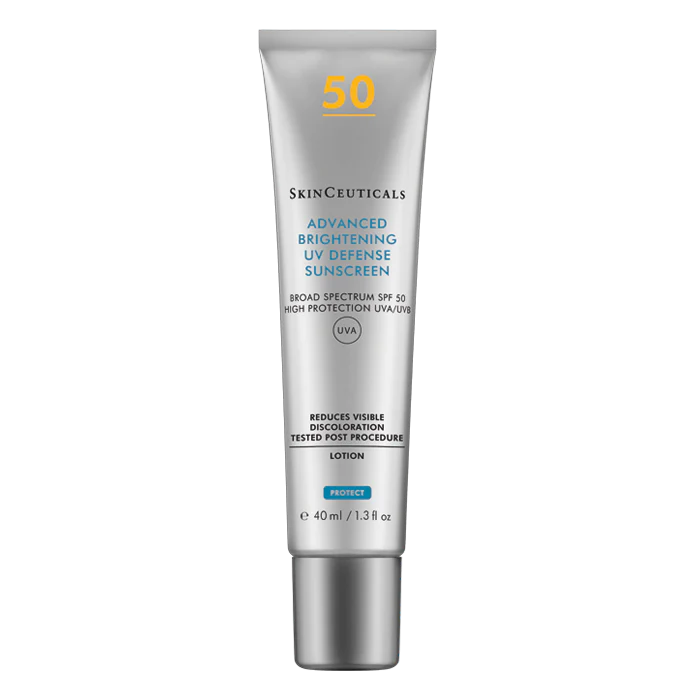Skin conditions don’t appear in isolation or by chance.
For many people, the story begins early — cradle cap in infancy, acne in the teenage years, sensitivity or rosacea later in adulthood. These may look like separate chapters, yet they often share one underlying theme: a disrupted skin barrier and an inflamed microbiome.
Cradle Cap: The Early Clue
Cradle cap, or infantile seborrhoeic dermatitis, is a mild inflammatory reaction linked to the yeast Malassezia on the scalp. It usually resolves within months, but for some, it marks the start of a lifelong tendency towards altered sebum balance and barrier sensitivity.
Research shows that infants who develop cradle cap often have slightly higher sebaceous gland activity and changes in microbial composition. This early imbalance can prime the immune system to overreact to normal microbes on the skin surface later in life.
Adolescent Acne: The Next Stage
During puberty, androgen hormones increase sebum production. In a skin already prone to barrier irregularity, this excess oil mixes with dead skin cells, creating an oxygen-poor environment ideal for Cutibacterium acnes proliferation.
The immune system recognises the bacterial by-products as irritants, releasing inflammatory cytokines. The result is redness, papules, pustules — acne.
While acne is multifactorial (hormones, genetics, lifestyle), new evidence highlights the importance of gut–skin crosstalk: imbalance in gut bacteria can amplify systemic inflammation, altering how the skin’s immune system behaves.
Adult Rosacea: Inflammation Revisited
Rosacea can emerge years after acne has settled, but it shares similar inflammatory pathways. In many adults, it represents a re-activation of innate immune signalling — the same over-response that may have started with cradle cap and persisted through acne.
The skin barrier in rosacea is compromised: lipids are deficient, the pH is elevated, and the microbiome shifts towards overgrowth of Demodex mites and pro-inflammatory bacteria. This fragile barrier allows environmental triggers — UV, heat, alcohol, stress — to spark exaggerated flushing and redness.
The Gut Connection
The gut and skin are both epithelial barriers, lined with microbial communities and immune cells. When the gut microbiome is balanced, it produces short-chain fatty acids and anti-inflammatory metabolites that help regulate systemic immunity.
When dysbiosis occurs — from antibiotics, stress, processed diets or alcohol — these protective molecules decline, and inflammatory compounds like lipopolysaccharides leak into circulation. This state, called “metabolic endotoxaemia,” is linked to acne, eczema, and rosacea flares.
Clinical studies show:
-
Individuals with rosacea have higher rates of small intestinal bacterial overgrowth (SIBO). Treating SIBO often improves skin symptoms (Clin Exp Dermatol, 2017).
-
Acne severity correlates with altered gut microbiota composition and higher systemic oxidative stress (Front Microbiol, 2020).
-
Probiotics such as Lactobacillus rhamnosus GG and Bifidobacterium breve modulate skin inflammation and improve barrier recovery (Nutrients, 2021).
The Science of Why It Persists
This skin–gut–immune conversation doesn’t simply stop with age. It evolves.
An infant’s microbial imprint — the first skin and gut organisms acquired at birth — shapes immune tolerance. If this tolerance is fragile, the body may continue to interpret normal microbes as threats, producing exaggerated inflammatory responses later in life.
Add stress, diet, UV exposure, and fluctuating hormones, and the system stays on alert. Over time, the barrier weakens, the microbiome shifts, and inflammatory cycles resurface under new names: acne, sensitivity, rosacea.
What To Do
-
Repair the Barrier First
-
Use gentle, lipid-rich cleansers and barrier-repair moisturisers.
-
Avoid over-exfoliation and high-alcohol products.
-
Support internal lipids with omega-3 fatty acids and hydration.
-
-
Calm the Inflammation
-
Incorporate antioxidants (CE Ferulic, Phloretin CF, Silymarin CF) to neutralise oxidative stress.
-
Consider topical or oral probiotics under guidance.
-
Use LED therapy or anti-inflammatory facials to regulate immune activity.
-
-
Restore the Gut
-
Encourage fibre-rich diets with fermented foods where tolerated.
-
Minimise processed sugars and refined oils that feed pro-inflammatory gut bacteria.
-
Address digestive symptoms early with a GP or nutritionist.
-
-
Regulate Stress and Sleep
-
Stress hormones and poor sleep increase inflammation and oil production.
-
Prioritise circadian balance — morning light, regular bedtime, and evening wind-down.
-
-
Professional Support
-
In-clinic treatments can rebuild resilience, but long-term results come from aligning barrier care, gut health, and lifestyle rhythm.
-
In Summary
Cradle cap, teenage acne and adult rosacea are not isolated conditions but points on the same inflammatory spectrum. They tell a story of barrier fragility, microbial imbalance and immune sensitivity.
The goal isn’t to erase the skin’s memory, but to calm the dialogue — to help the barrier, the gut and the immune system learn to speak gently again.
When that happens, the pattern breaks, and the skin finally settles



















































